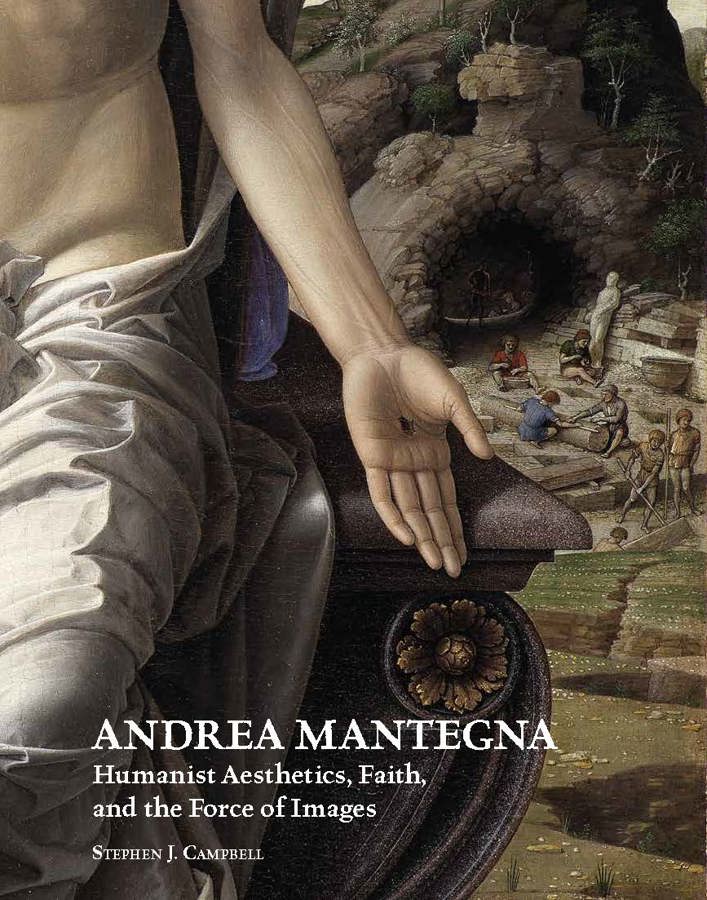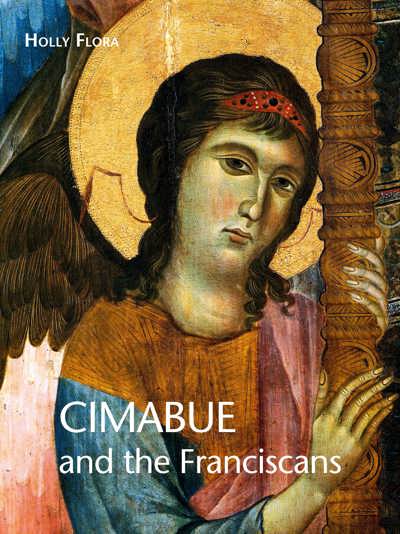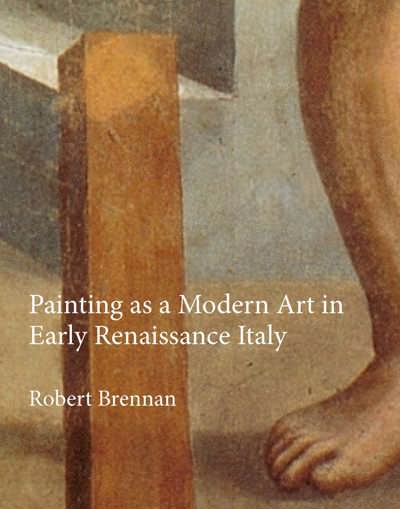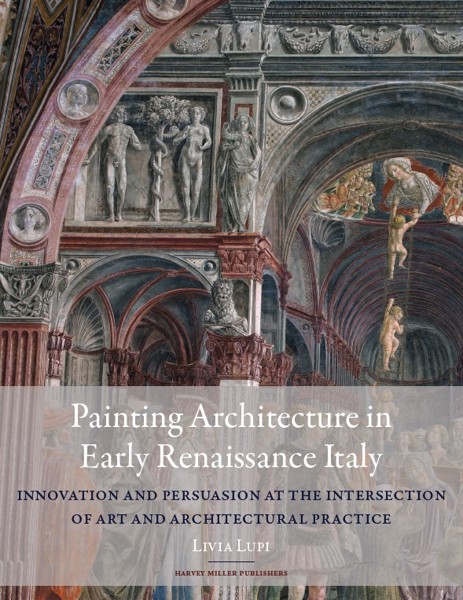
Andrea Mantegna: Humanist Aesthetics, Faith, and the Force of Images
Stephen Campbell
- Pages: xx + 308 p.
- Size:220 x 300 mm
- Illustrations:150 col.
- Language(s):English
- Publication Year:2020
- € 100,00 EXCL. VAT RETAIL PRICE
- ISBN: 978-1-912554-34-8
- Hardback
- Temporarily Out of Stock
"This is a vital work for anyone interested in Mantegna, the art of the Italian courts, or the idea of the Renaissance artist. More widely, I recommend this book to anyone who is interested in the historiography of art, and in understanding artistic agency." (Caroline Campbell, in: The Art Newspaper, Number 334, May 2021, p. 60)
No other artist before him could boast a celebrity like that of Andrea Mantegna (1431-1506), whose career reads like an archetype of Renaissance social ascent. Half a millennium later Mantegna is well-remembered; yet while his importance in any account of a Western Tradition of painting has long been beyond dispute, it has been and remains under-examined and misunderstood. In this provocative re-assessment, based on his Betty Allison Rand lectures at the University of North Carolina 2017, Stephen J. Campbell shows that Mantegna has served the function of illustrating early Renaissance painting, whether the principles of a "humanist theory of art" as prescribed in the De pictura of Alberti, with its elaboration of perspective techniques, or the preoccupation with antiquity and its reconstruction. While he is rightly regarded a crucial nexus of interaction between the world of the artisan, of the court, and of intellectual life, Mantegna’s importance is still perceived to lie in an early formulation of what is called the "classical tradition," destined to be surpassed after his death by Raphael and his followers. Campbell argues that the place of normativity or typicality that Mantegna occupies in the History of Art – "Early Renaissance artist," "artist as antiquarian," "Albertian perspectivist," has kept from view the more radical potential of his work for a re-description of early Renaissance painting. In particular, this study of the artist’s major works re-open the questions of "humanist art," of the relationship between painting and intellectual life, of image-making as a form of discourse that bears a far from passive or ancillary relationship to poetry, history, or rhetoric. Mantegna’s work is shown to challenge and complicate prevailing understandings of the way works of art address their beholders and construct their spatial milieu, of the materiality of painting and the relationship of painting and writing, and the volatile ideologies of classical antiquity as a component of Renaissance painting.
Preface and Acknowledgements
List of Illustrations
1. Seeing in Detail: the Lost Logic of Fifteenth Century Painting
Looking Hard – Mantegna and Alberti: a Relationship Reconsidered Painting and/as Humanism – Interference
2. Padua circa 1450: Iconophilia, Mimesis, Rivalry
A Studium of Painting – The Santa Sofia Altarpiece – Mantegna and the Imago Dei
3. Painting, Writing. Presence: Mantegna and the Cult of St. Luke
The Relics and their Legends: Eusebius of Modena – Visualizing the Martyrs – Enter the Hodegitria – Translating a Cult: St. Eyphemia
4. Historia as Visual Ascesis: The Ovetari Chapel
Imitation and Transmission: Bodies and Images – At the Church of the Hermits – Exemplarity and Memory – An Augustinian Optic?
5. St. Zeno’s Gaze. The Altarpiece as Place/Portal/Screen
Clausura: Monks and Pilgrims – The Altarpiece as Destination – The Altarpiece as Threshold and Gateway – The Altarpiece as Screen – Speculum: The Altarpiece as devotional apparatus – Parerga – Coda: The Portrait of Christ at Correggio
6. The Invention of the Camera Picta: Portraits and Pathos
Portraiture as Politics – The Imagery of the Vault – The Volatility of Sight
7. Mantegna’s Antiquity: Tragic Bodies and the Pathos of Objects
The Kinetic Body – Mantegna’s Cybele – The Pathos of Things – The Triumph of Caesar
Conclusion
Bibliography
Index





